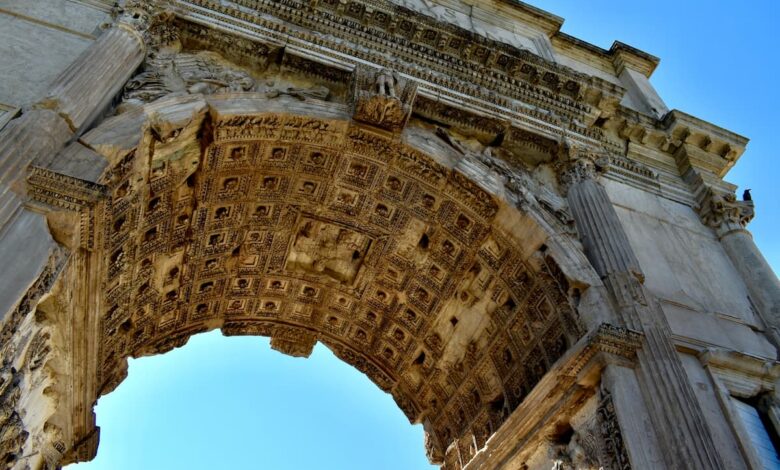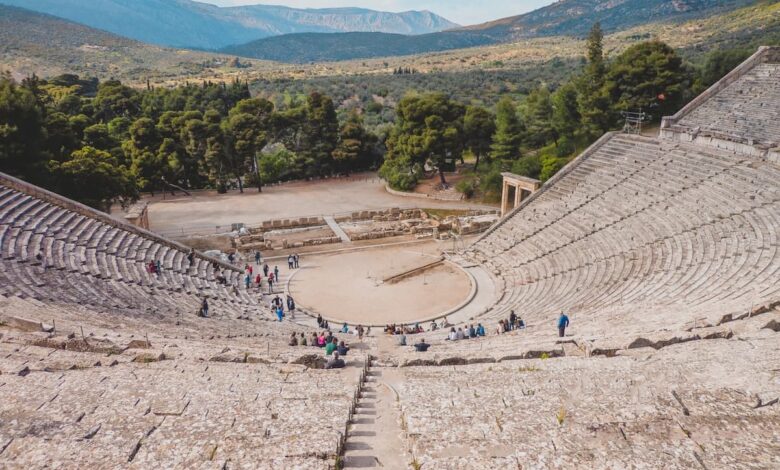Amazing Ancient Roman Technology
The Roman Aqueducts
The Romans inherited the aqueduct idea from Egyptians and perfected it. Aqueducts are stones that utilize the force of gravity to carry away water. The idea was used to make underground sludge systems and public baths. It played a significant role in hygiene improvement.
The well-built stones formed most of cities’ pipelines. As a result, the towns became self-reliant as far as water supply is concerned. With sufficient supplies, the cities’ hygiene significantly improved. Up until now, these aqueducts still stand strong.
Mathematics and Science
The Romans are known to possess several technical skills. Those who possessed these skills mostly passed it to young ones through apprenticeship. That way, knowledge transfer was a success since most of the skills were transferred.
Some skilled individuals declined sharing their skills and knowledge. That meant loss of those skills once the experienced ones died. Fortunately for some, stonemasons existed and offered platforms for knowledge transfer.
Mathematics and Science was born out of this. Today, Engineers benefit from this as they gain knowledge that they build up on to become one of the most on demand skilled personnel.
Roman Acta
The Romans valued communication. That is why in 131 BC, the first Acta went public. Information was engraved on stones and put on the busiest streets of Rome. That way, majority of the people knew what was going on and stayed updated.
It is the same idea that media houses use today to make newspapers. While communication in Rome was made through stones, media use papers today to relay information to the public.
Politics, war, sports, among other issues were communicated to the public through acta (daily acts). This ensured the mass was updated on what was going on in the Roman cities. Julius Caesar played an important role in the spread of this ancient Roman technology.
Bound books
Romans invented the book. Initially, they used skins and other materials to assemble pages that were used to store information. Again, history has it that Julius Caesar played an important role in the development of this technology.
The rise of Christianity also accelerated the book development process. In the end, we had a Bible produced. Previously, papyrus was commonly used to make these bound books. As time went by, more paper like material were used.
Today, thousands of books are published daily. Literature has advanced and all this is thanks to this ancient Roman technology.
Military technology
The Romans invented some of the most lethal weapons then. The Roman spear was a feared weapon and helped them to win battles. The army officers carried two of these and got rid of them once used. This meant stopping the enemy from using the same weapon against them.
The Romans also came up with a lighter self defense armor that protected the torso. The armor had its shortcomings but played a significant role in wars. They also invented a technique called testudo that they could use to neutralize and finish an enemy with.
Most of these ideas have been improvised today by armies worldwide to form military solutions to protect their countries and soldiers.
Battlefield Surgery
The Romans are credited to have innovated several battlefield surgery practices and tools. Some of them are still used today.
Soldiers get injured in battlefields. Some injuries may be life threatening and that requires urgent action to save the life of the army officer. This created the need for battlefield surgery and the Romans responded well with their ability ‘to create’ coming to their aid.
Romans dedicated special individuals who were well trained for battlefield. They saved many soldiers who would have lost their lives owing to the serious injuries they’d suffered.
Portable abacus
The ancient Romans were the first to make a portable abacus. The calculator was commonly used by merchants and engineers. Another group that would benefit from this technology was the tax collector.
The portable device significantly reduced the turn around time to calculate simple arithmetic. This brought about efficiency and allowed the beneficiaries to focus on other important things.
The abacus has since evolved and more superior technology for counting developed with time. Even as more innovations come up, the abacus will be appreciated for the important role it played in the ancient Roman times.
The Roman Arches
Rome has some of the oldest and strongest buildings in the world. The Roman architects have a little secret in their design and construction that they invented in the ancient Roman era.
The Roman arch technology has been used to build bridges and today inspires the western architecture. This technology ensures buildings survive the test of time and other threats like weather.
Monuments and big buildings are weighty. The Roman arch technology allows huge and heavy buildings to carry their own weight without crumbling. That way, the structures will stay intact for the longest time possible.
Concrete
Most of the buildings today are made of concrete. This idea dates back to the ancient roman era. During that time, concrete was made using cement and other materials. Cement concrete was common then and still is up to date.
This material helped to build long standing buildings. Other than quality, the conditions under which builders worked improved. Binders were used to make the concrete that formed the foundation of most Roman buildings. Most of them still stand up to date.
Amphitheater
Romans built circular or oval amphitheaters where all the entertainment happened. The central area was the base of all performances. Surrounding this area were seating tiers. That setting allowed everyone in the seating area to see all the action in the performance area.
Stadiums today take a similar approach. Only that ancient Roman amphitheaters were semicircular. Modern amphitheaters today take different approaches depending on the architect.
Whichever the design these modern entertainment spots look, the Romans will be appreciated for this technology in the entertainment sector. The idea continues to grow in popularity even as designers improvise it for the better.








